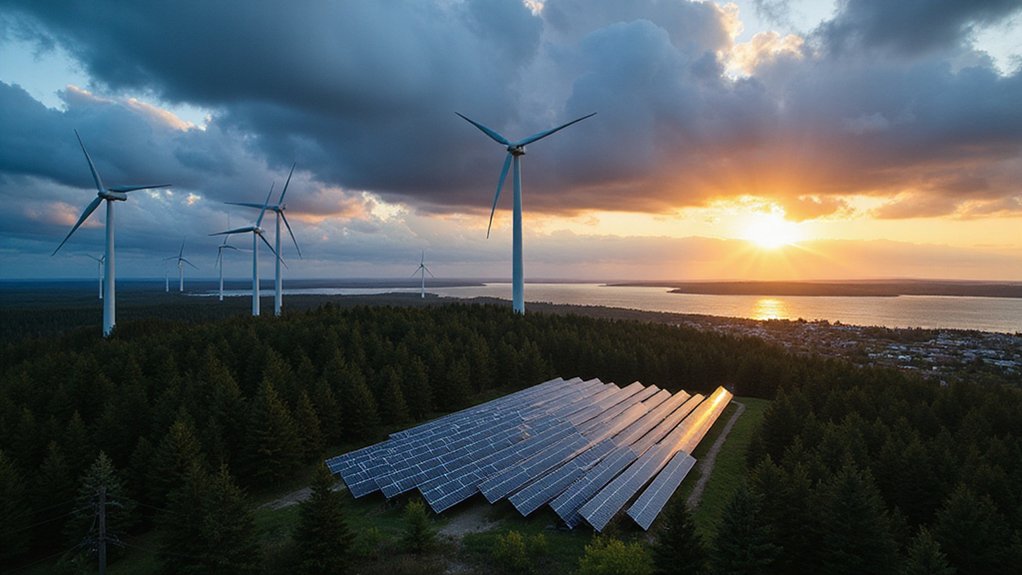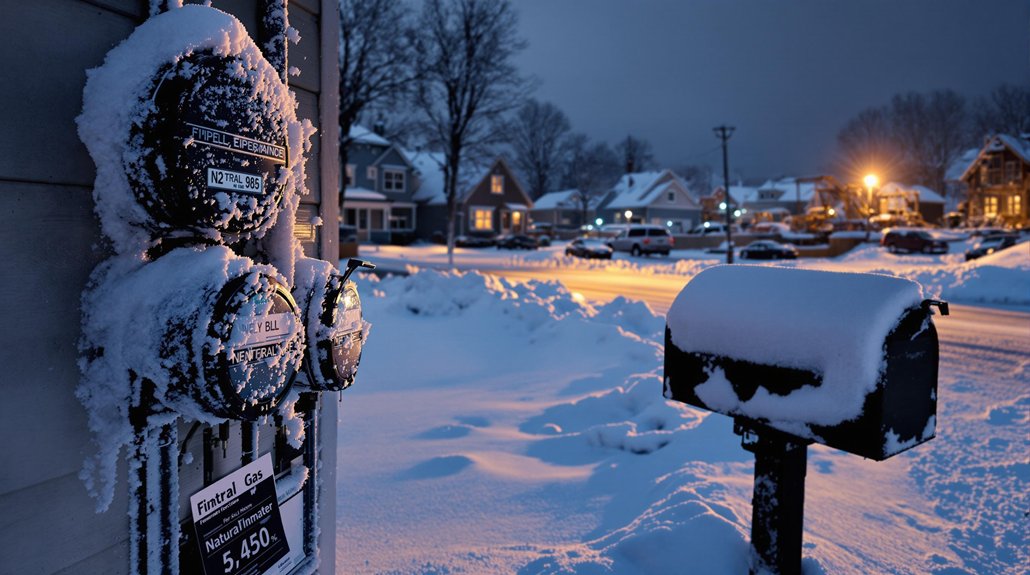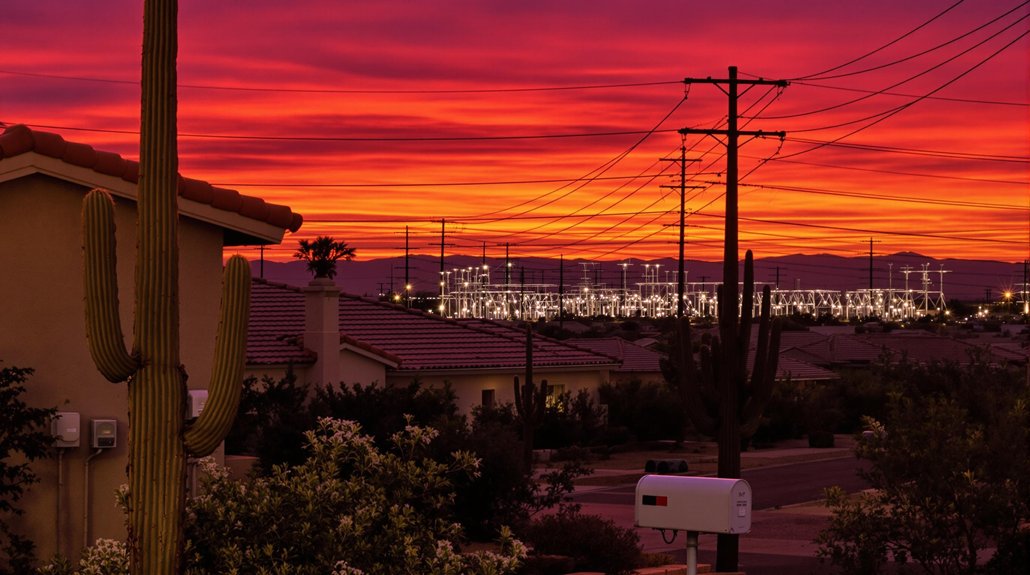Maine’s ambitious green energy vision faces a harsh reality check. Plans for 100% clean electricity by 2040 require doubling capacity while completely rebuilding the grid. Officials promise 30,000 new jobs and long-term savings, but nobody’s talking specifics about who pays upfront. Triple the peak demand? New transmission lines? Massive battery systems? Great ideas on paper. Meanwhile, everyday Mainers wonder if their electric bills will skyrocket. The real costs remain conveniently fuzzy.
While many states debate their energy future, Maine has already charted an ambitious course. Under Governor Janet Mills, the Pine Tree State has committed to 100% clean electricity by 2040 with an aggressive pit stop of 80% renewables by 2030. Sounds great on paper. Reality might be messier.
Maine’s clean energy gamble: bold on paper, but the real-world implementation could prove far more challenging.
The math is simple—and staggering. Maine’s electricity consumption is projected to nearly double from 12 TWh to 23 TWh by 2040. Peak demand? It’s going to triple. Why? Because everybody’s supposed to ditch their oil furnaces and gas-guzzlers for electric alternatives. Good luck keeping the lights on during a February cold snap. The report highlights that this increased demand will be driven primarily by space heating.
Maine’s renewable portfolio reads like a clean energy buffet: hydro, solar, wind (both the regular kind and the fancy offshore version), and biomass. The state’s even targeting 3,000 megawatts of offshore wind by 2040. That’s a lot of turbines bobbing in the Atlantic. These innovations represent Maine’s commitment to sustainability and reducing the state’s carbon footprint.
Here’s the kicker—all this requires a total grid makeover. Maine’s current transmission system simply can’t handle connecting all these remote wind farms and solar fields. Non-wire alternatives like batteries and demand response are part of the plan, but they’re not cheap either. Energy storage remains one of the most complex challenges for states pursuing ambitious renewable targets.
The economic sales pitch sounds enticing: 30,000 clean energy jobs by 2030! Everyone loves jobs. What’s less clear is how much this green dream will cost everyday Mainers. The shift promises long-term savings, but someone’s paying those upfront billions.
Maine’s climate goals are equally ambitious—45% greenhouse gas reductions by 2030 and net-zero by 2045. The power sector is just the first domino. Once electricity is clean, the transportation and heating sectors can follow.
It’s a massive bet on an electrified future. Maine’s charting its own course toward a cleaner tomorrow. But like any bold voyage, this green journey faces unpredictable headwinds. Residents better hope the economic forecasts are accurate—or at least close enough.
References
- https://www.maine.gov/energy/sites/maine.gov.energy/files/2025-01/Maine Energy Plan January 2025.pdf
- https://www.brattle.com/insights-events/publications/brattle-report-informs-state-energy-plan-for-maine-to-reach-its-2040-100-clean-electricity-goal/
- https://storymaps.arcgis.com/stories/3e3ee1dd21af4747b57246dd0629db0f
- https://megreenpower.com/faqs-2/
- https://acadiacenter.org/work/maine/







